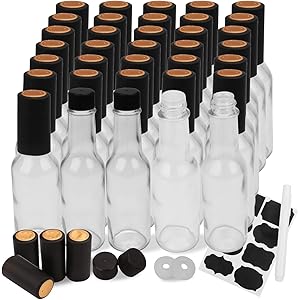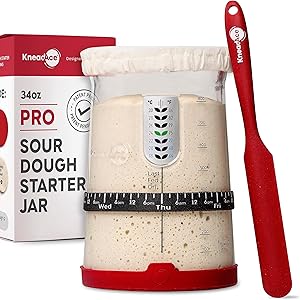Understanding Yeast Infections
Yeast infections are common fungal infections caused primarily by the Candida species, particularly Candida albicans. These infections can occur in various parts of the body, including the mouth, skin, and vagina. Antibiotics, while effective against bacterial infections, can disrupt the natural balance of microorganisms in the body, leading to an overgrowth of yeast. This is particularly prevalent in women who may experience recurrent yeast infections after antibiotic treatment.
How Antibiotics Trigger Yeast Infections
Antibiotics work by killing harmful bacteria, but they can also eliminate beneficial bacteria that help keep yeast levels in check. When these protective bacteria are diminished, yeast can proliferate, resulting in an infection. This phenomenon is often referred to as antibiotic-associated yeast infection, and it highlights the importance of maintaining a balanced microbiome for overall health.
Signs and Symptoms of Yeast Infections
Recognizing the signs of a yeast infection is crucial for timely treatment. Common symptoms include itching, burning sensations, and unusual discharge, which may be thick and white, resembling cottage cheese. Additionally, some individuals may experience discomfort during intercourse or urination. Understanding these symptoms can help individuals seek appropriate care and avoid further complications.
Best Ways to Treat Yeast Infection Caused by Antibiotics
The best way to treat yeast infection caused by antibiotics involves a multi-faceted approach. Over-the-counter antifungal medications, such as clotrimazole or miconazole, are often effective in alleviating symptoms and eliminating the yeast. These treatments can be found in various forms, including creams, ointments, and suppositories, providing flexibility for patients based on their preferences and needs.
Probiotics for Yeast Infection Management
Incorporating probiotics into your diet can be a beneficial strategy for managing yeast infections. Probiotics are live microorganisms that can restore the natural balance of bacteria in the body. Foods rich in probiotics, such as yogurt, kefir, and fermented vegetables, can help replenish beneficial bacteria, potentially reducing the risk of recurrent yeast infections following antibiotic use.
Dietary Adjustments to Prevent Yeast Infections
Making dietary changes can also play a significant role in preventing yeast infections. Reducing sugar intake is particularly important, as yeast thrives on sugar. A diet rich in whole foods, including vegetables, lean proteins, and healthy fats, can support overall health and immune function. Additionally, staying hydrated and avoiding excessive alcohol consumption can further help in maintaining a balanced microbiome.
Get more content like this!
Sign up to receive updates and new terms first hand.
Natural Remedies for Yeast Infections
Some individuals may prefer natural remedies for treating yeast infections. Options such as coconut oil, garlic, and tea tree oil have antifungal properties that may help alleviate symptoms. However, it is essential to consult with a healthcare professional before trying any natural remedies, as they may not be suitable for everyone and could interact with other treatments.
When to Seek Medical Attention
While many yeast infections can be treated at home, it is crucial to know when to seek medical attention. If symptoms persist for more than a few days, worsen, or are accompanied by fever or severe pain, it is essential to consult a healthcare provider. Additionally, individuals with recurrent yeast infections should seek medical advice to rule out underlying conditions and receive appropriate treatment.
Preventive Measures Against Yeast Infections
Preventing yeast infections, especially after antibiotic use, involves several proactive measures. Wearing breathable, cotton underwear and avoiding tight-fitting clothing can help reduce moisture and create an environment less conducive to yeast growth. Additionally, practicing good hygiene, such as wiping from front to back and avoiding douching, can help maintain a healthy vaginal environment.
Conclusion: Empowering Yourself Against Yeast Infections
Understanding the relationship between antibiotics and yeast infections empowers individuals to take proactive steps in managing their health. By recognizing symptoms, exploring treatment options, and implementing preventive measures, individuals can effectively address yeast infections caused by antibiotics and maintain their overall well-being.




